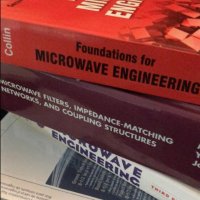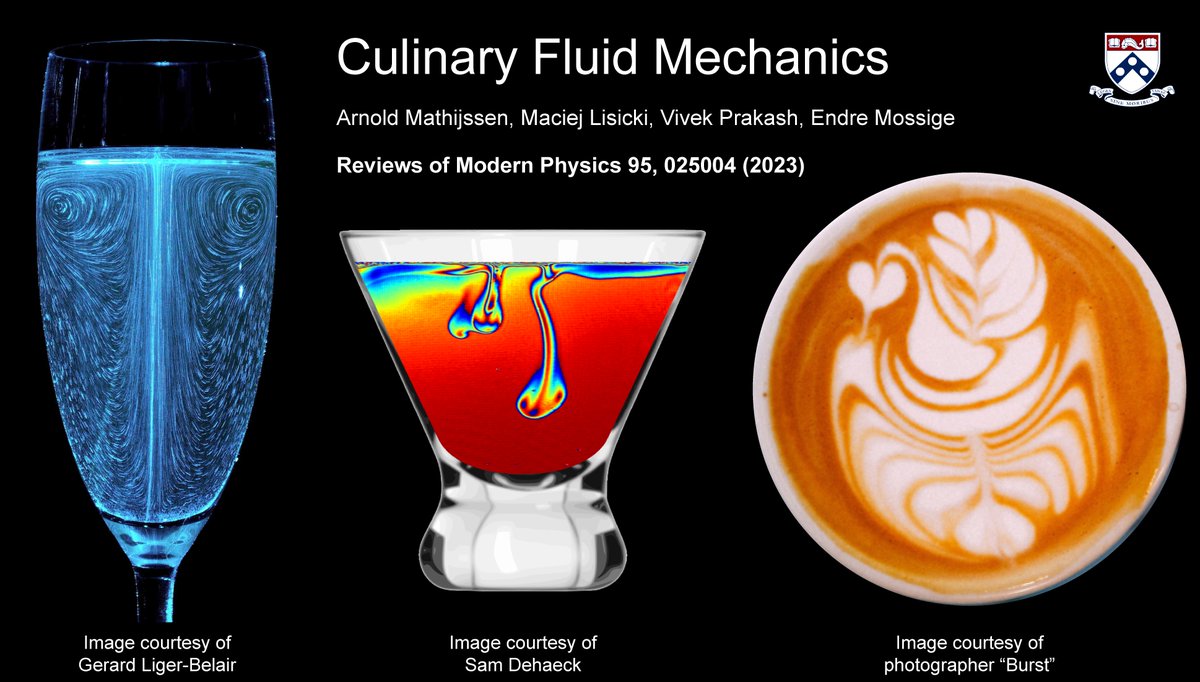
Alexis Morvan
@alexismorvan1
Quantum Researcher at Google
ID: 1389337280767094788
03-05-2021 21:53:51
84 Tweet
451 Followers
230 Following



Impressive results by Quantinuum . Getting this level of performance on large device is not easy! arxiv.org/abs/2305.03828

On their new device, Quantinuum performed a beautiful experiment as well creating Abelian Topological order. I will definitely read it! arxiv.org/abs/2305.03766




Analogue simulation with transmons has a nice future! It's really exciting to see SC becomes such a nice platform for quantum simulation. Very nice work from Massachusetts Institute of Technology (MIT) EQuS group

Culinary Fluid Mechanics - now published in #ReviewsOfModernPhysics! Congratulations and thanks to Maciej Lisicki, Vivek Prakash PrakashLab @ Miami, Endre Mossige Endre J. L. Mossige and American Physical Society. #FoodScience #FluidMechanics #SoftMatter. Cheers! journals.aps.org/rmp/abstract/1…


We prefer XEB at Google Quantum AI :p Joke aside, I think for elements fidelity everyone has converged to some randomized benchmarking (and variant) and the comparison between plateforme is possible.

The theorist at Google Quantum AI have put together a manuscript detailing when quantum circuit are “classically hard”. They also show that the IBM 127 qubits experiment result is indistinguishable from a 28qubits classical simulation arxiv.org/abs/2306.15970





